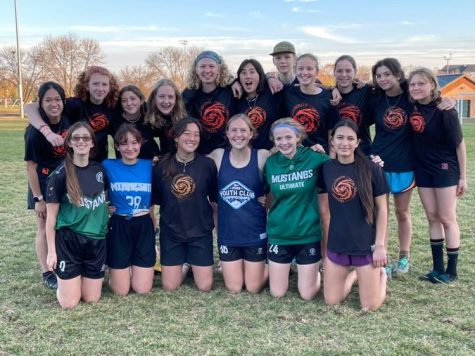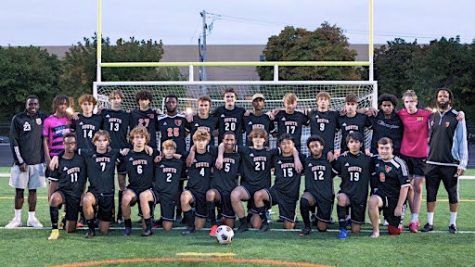Wrestlers find cutting weight gives them an edge on the mat
February 5, 2014
“There are very few sports that you don’t play. We don’t play wrestle, we just wrestle” said South wrestling coach Joe Morgan. Wrestling is a sport that requires not only talent and physical strength but lots of dedication and extra attention to your habits outside of wrestling. To the South High wrestlers, it is not a game.
If you ask a wrestler about cutting weight, they will all have a story to share with you. Cutting weight in order to get into a lower weight class is something that nearly every wrestler experiences in their career.
Cutting weight is not to be confused with losing weight in general which often happens naturally with a physically intense sport such as wrestling. “You just lose weight in this sport easily,” said Morgan.
Statistics say that 25-67% of wrestlers use techniques such as exercise, food restriction, fasting, and dehydration measures to lose weight. South wrestler, Sophomore Sam Truen, said that “weight loss is really hard, you have to watch what you eat, you have to work out so you sweat, it basically takes a lot of dedication”.
Sophomore Kyle Evans commented that when he cuts weight, “I don’t really eat and then I sweat a lot and don’t drink a lot of liquids”.
Cutting weight has an extensive history with the sport of wrestling. Morgan said, “it’s an immense thing that has happened for years and years and years in our sport.” Truen believes that cutting weight is simply “part of the sport.”
It is very difficult to undergo weight cuts and outsiders may wonder why wrestlers choose to do it despite it being a large part of the sport.
The incentive for wrestlers to cut down to a lower weight is that they will be able to wrestle in a lower weight class. After a few days of weight cuts, wrestlers weigh in before their match and hope to make the weight class they were aiming for. When weigh-ins are over, wrestlers build their strength back up immediately preceding the match. This way, the competition will be smaller and the wrestlers will be bigger than people in their weight class.
According to senior Joseph Thell, “being in a lower weight class, the people I wrestle are not as strong. Not saying that the lower the weight class the easier it gets, but hopefully they’re not as good.”
Basically, “lower weight classes are sometimes easier so if you want to get down to an easier bracket per se you might want to lose a couple of pounds,” described Truen.
Cutting weight is no walk in the park. Oftentimes it goes hand in hand with feelings of exhaustion, lack of strength, and slowed growth of muscle tissue. “I would get mad more easily and I needed more sleep when I was [cutting weight],” remembers Thell. Truen believes that “you don’t feel like you’re as strong or where you should be.”
As far as being affected socially,Thell believes, “my friends and girlfriend definitely noticed a difference in the way I was acting.” As Thell’s girlfriend, senior Camryn Linster, recalled, “he was a lot more on edge and moody than usual. He would sometimes be unfocused in class and he was more tired.”
Truen said, “[friends and family] say I get a lot crabbier and they don’t like [when I cut weight] because they think that I get weak and can’t wrestle my best.”
Aside from feeling worse and being tired, cutting weight can have life threatening repercussions. The worst-case scenarios that can come out of weight cutting measures include death by heat exhaustion, dehydration, and kidney failure.
Nutritionist Tony Santucci described that wrestlers cutting weight are, “not getting the nutrient load they they need. Food is fuel and building material and you need all the parts to work efficiently.”
Santucci described that when you are competing, you want to have a lot of energy stored. That energy comes from food. When cutting weight prior to competing, wrestlers are not getting the energy that you need so their bodies begin to take energy from those reserves. This affects their ability to compete well no matter their weight class.
The dehydration that wrestlers undergo can also have very ill effects. When they cannot vent heat well, their core overheats. This causes low efficiency and bad performance. After cutting weight, wrestlers “may do well just because they are bigger even though they are [physically] compromised. They can still beat their opponent,” said Santucci.
In addition to the physical challenges that wrestlers face when cutting weight, there are mental challenges too. “It’s mentally harder than it is physically because to walk past the drinking fountain every time you go past it in school while other kids are just constantly drinking and drinking and drinking and smiling all day sometimes [can be] hard. Its not easy,” Morgan sympathized.
Despite the health risks and mental challenges, Evans and Thell both feel that there is a payoff to making your weight. “It kind of felt good when I was done doing it,” recalled Thell. Evans found it rewarding because “I made it down to my weight and I took third in my tournament.”
Morgan explained that this weight loss process isn’t often as difficult as it is perceived to be. “We have had so many kids that have just come out of it going ‘Its not that bad.’”
Wrestling rules have also changed over the years to make the practice of cutting weight much safer for athletes. After a series of deaths of college wrestlers in the 1990s, the NCAA banned the use of rubber suits for working out which cause athletes to sweat more and therefore lose more weight when working out.
For high school wrestling, safety precautions are taken at the beginning of the season to ensure that every athlete remains healthy.
“At the beginning of the season we have a weight certification which is a medical form where the kids weigh in and then they’re told this is the lowest weight you can go to and still be healthy,” stated Morgan. “So the doctor has to sign off and they have to go through a whole process so a kid can’t go from 150 pounds to 100 just because you tell them to.”
A wrestler himself, Morgan remembers a time when these weight requirements weren’t taken as seriously. “In my day we had weight certification with the doctor and my coach would say ‘Well thats the weight I want him to go’ and they’d say ‘Okay’ and circle it.” Times have changed. “Now they’ve got a whole mathematical formula that goes off of your body fat and how much you can lose by that point in time so you can maintain that healthy weight.”
For South wrestling, “it’s not about cutting weight its about maintaining your weight being healthy and eating right” which in turn allow wrestlers to lose weight.
Santucci believes that losing weight can be done safely if wrestlers are still getting the nutrients that they need. People need to “eat in more of a scientific way (food with a high nutrient and low fat content) as opposed to an appealing way,” he stated.
The key to eating right and cutting weight at the same time is to “keep your fat content minimal in order to maintain your body weight,” Santucci commented.
In addition to being a wrestler and coach, Morgan is also the stepfather of captain Elerson Smith. Morgan commented “I’ve talked to many parents over the years and it does bother them and I understand but they don’t understand the aspect of portions.”
When eating smaller portions, and eating food that is unprocessed and close to the source, wrestlers can not only stay healthy but optimize their weight to where they can compete the best.
Morgan concluded, “I’ve been involved in this sport since I was about four years old so I’ve seen the good, the bad, and the ugly. If it’s not done right you are going to feel miserable, you will wrestle awful and you most likely will not win. But if you do it properly, you eat right, you do all the right things, which is a hard thing to do when you’re 14 to 18 years old and you’re not going to McDonalds, not eating garbage food, it’s one of those things where as a parent as long as they’re doing it properly, I don’t have any issues with it.”

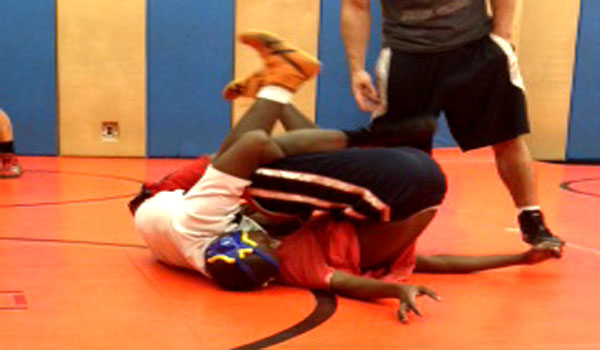
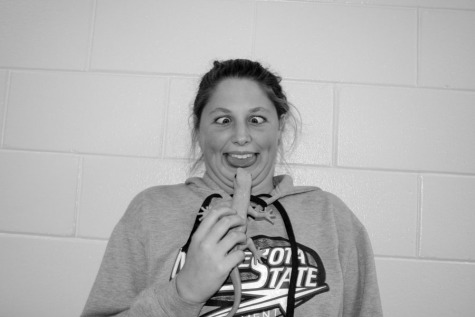
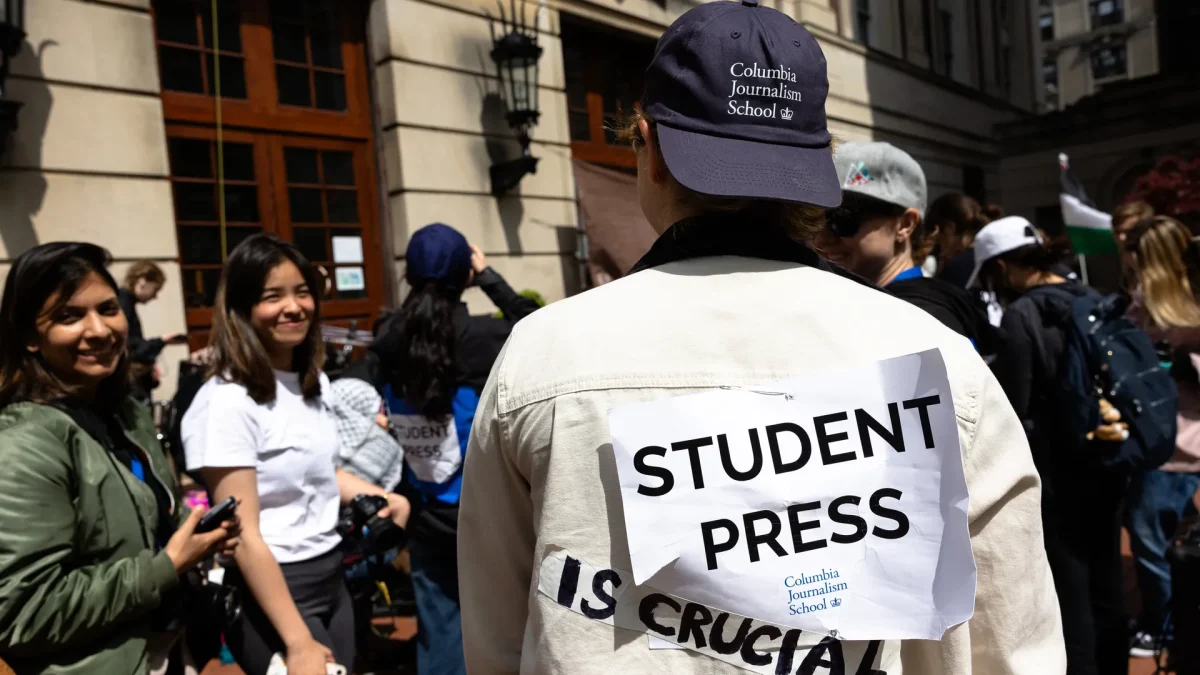


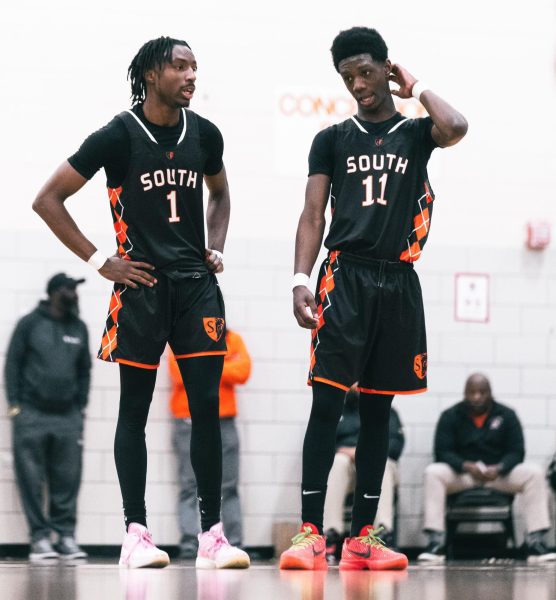

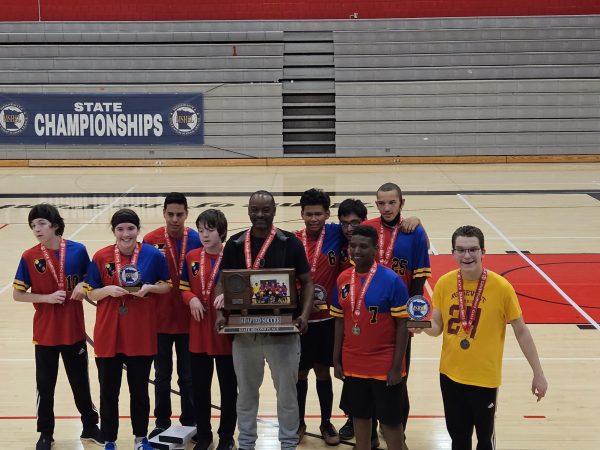
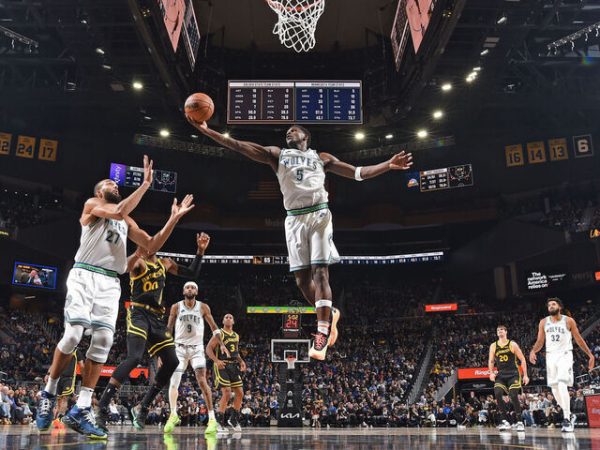
![Senior Ingrid Noren heads to school in February. She recommends winter biking, saying that “it’s better for your health [and] better for the planet.”](https://www.shsoutherner.net/wp-content/uploads/2023/03/Winter-biking-475x356.jpg)

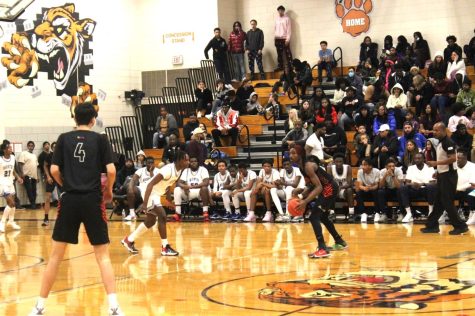
![Dance is affected by sexism, capitalism and semantics but that doesn’t change the fact that dance is an art; an influential art that is unlike anything else. “The amount of time, effort and commitment you have to put in to be a good dancer [is overlooked]...Everyone has to work really, really hard to get where they are.”](https://www.shsoutherner.net/wp-content/uploads/2022/11/dancevisual1-475x441.jpg)
